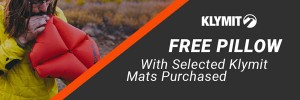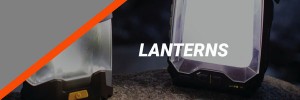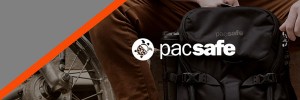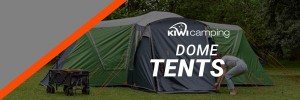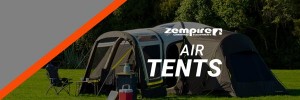Sleeping Bag Temperature Ratings?
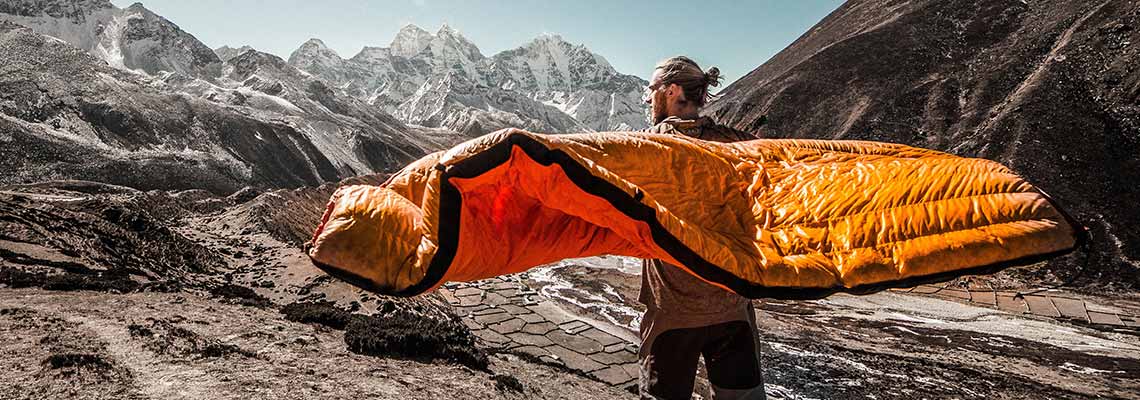
Understanding Temperature Ratings on Sleeping Bags.
One of the most unpleasant experiences you can have whilst camping is being awoken to teeth chattering in the middle of the night. The amount and quality of sleep you have massively impacts the day ahead so you want to make sure you are as warm and comfortable as possible. To optimize your quality of sleep you need to pick a sleeping bag that will best suit the environment you are in. You do it at home with your winter comforters so make sure you do it when you are out in the field too. But how do you do it? What does it all mean?To start with ask yourself a few questions:
- How cold will it get typically at night?
- Is there any extreme weather on the forecast?
- Do you find you sleep warm/cold?
- What temperature rating does your mat have?
The key thing is to have a rough idea of the coldest conditions you expect whilst out on your trip and to pick a bag that will keep you warm at or below that temperature.
Sleeping bag temperature ratings can be complicated - but that's where we are here to help. So what do I need to know?
- Remember a lab cannot recreate ‘real world’ conditions but try their best to simulate
- To keep standards fair most brands will send their product to an independent assessor - keeping things fair and the market level
- Typically sleeping bags have 2 ratings - Comfort Rating and Extreme Rating, however some summer bags will have a ‘Comfort’ and a ‘lower limit’
- Sleeping bags are Lab Tested and are given an ‘EN’ rating or an ‘ISO’ rating. These ratings make it easy to compare bags.
What is EN and ISO Testing?
These standardized laboratory tests produce a rating range for each sleeping bag so all bags that are tested can be compared regardless of brand and model.- EN (European Norm) was the original standard adopted by the sleeping bag industry
- ISO (International Standards Organization) oversees bag testing, but the method is almost identical to the EN bag test. (Because ISO testing is so similar to EN testing, you can compare your old EN-rated bag to a newer bag that sports an ISO temperature rating when you shop.)
What are sleeping bag ratings?
Comfort rating - This indicates the temperature at which a colder sleeper might feel comfortable. The comfort rating range is based on a woman sleeping in a relaxed position and getting a comfortable night's sleep
Lower limit rating - This indicates the temperature at which a man is sleeping in a curled position and sleeping well. These limits will likely have the user feeling cold.
Extreme rating - This rating is based on an emergency scenario where you are at ‘survival temperature’.This is NOT the lowest temperature you will feel comfortable in and you should not expect regular use of the bag at this temperature.
Remember recommendations are generally based on an average. Lab testing simulates how a sleeping bag should be used but there are a lot of variables at play:
- Layers worn at night
- Insulated vs Uninsulated sleeping pads
- Differences in body types (warm and cold sleepers)
- Changing weather conditions
- Nutrition
- General Wellbeing
Staff Tip: Where you can, get a bag with a lower limit rating than you expect. Weather can change in an instant and it's always better to be over prepared than under.
How are sleeping bags tested?
For the majority of our sleeping bags, we see the use of EN testing standards. To get these standards, Labs will do a series of steps.
- A thermal mannequin or human-shaped dummy is heated to a set surface (skin) temperature, generally 34 °C. The mannequin has the ability to be powered in order to keep this temperature at a constant and regulated.
- The calculations made in order to give an EN rating are generally generated from the total thermal resistance.
- This is defined as the ratio between the temperature difference between the mannequin and the ambient air and the electrical power needed for the mannequin temperature to stay a constant 34 °C.
Taking these into consideration, the insulating properties of the sleeping bags are calculated and give the 3 ratings.












